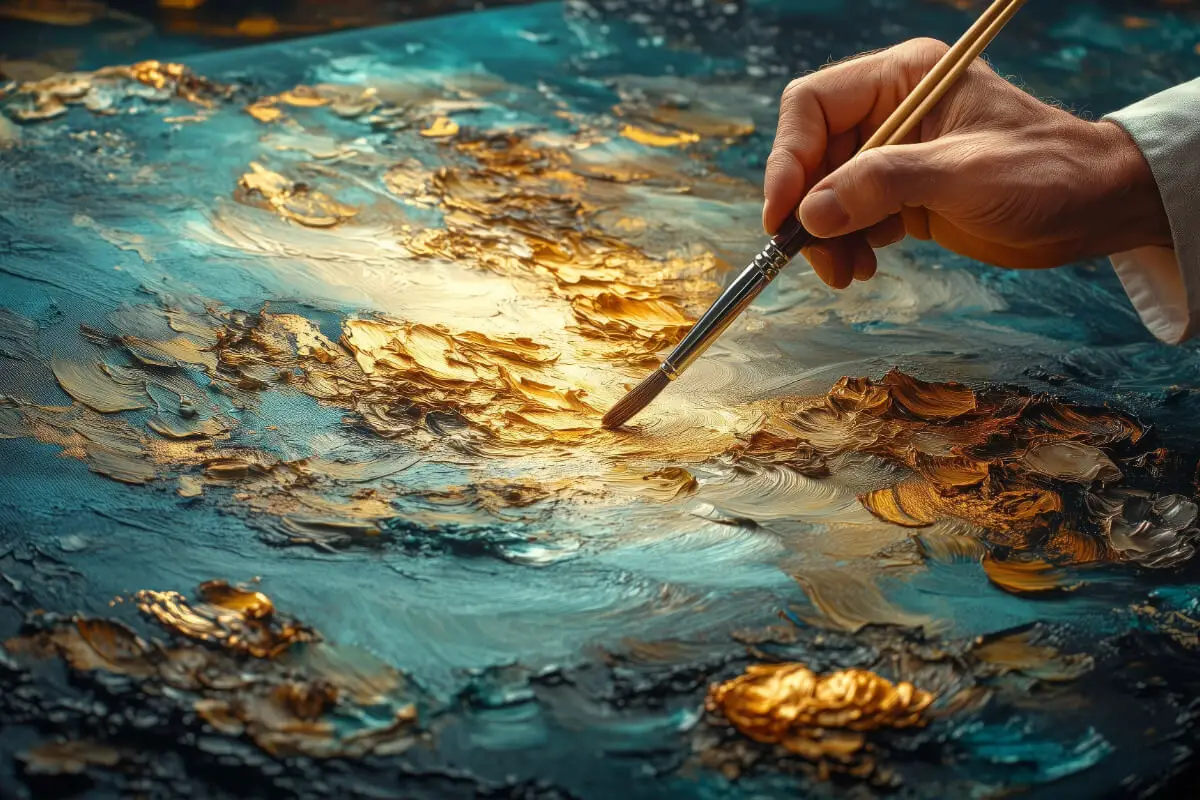The realm of fine art is both a reflection of human history and a tapestry of creative ingenuity. As one peers into the complex evolution of this artistic manifestation, it becomes evident that fine art is not a static construct but a fluid medium that adapts and morphs through the sands of time.
From the chiseled forms of ancient sculpture to the bold strokes of the modern painter, this blog endeavors to journey through the corridors of history where art has been both a witness and a catalyst to the human condition. Alongside this historical voyage, we explore the multifarious theoretical frameworks that arm scholars and enthusiasts alike with the tools for deeper analysis and interpretation of fine art, stitching a story as variegated as the hues on an artist’s palette.
Table of Contents
- Historical Evolution of Fine Art
- Theoretical Frameworks in Fine Art Analysis
- Distinction Between Fine Art and Other Art Forms
- Role of Critique and Curation in Fine Art
- Related Questions
Historical Evolution of Fine Art
Fine art, as a reflection of human civilization, has evolved through historical epochs, each leaving a distinctive mark on the canvas of time. From ancient times to the present day, the transformation of fine art is not merely a chronological progression but rather a profound witness to the shifting sands of culture, politics, and philosophy.
Art was predominantly utilitarian and ritualistic during the prehistoric era. Like those in Lascaux, France, cave paintings display a nascent expression of human creativity. They capture daily life, animals, and even abstract concepts using rudimentary techniques, yet they signify the nascent human desire to communicate through visuals.
Fine art became increasingly sophisticated and diverse with the rise of ancient civilizations, such as the Egyptians, Greeks, and Romans. The Egyptians amalgamated art into their architectural marvels, as seen in hieroglyphics and the grandeur of tomb murals, embodying a strong connection to the afterlife. Greek art advanced in form and content, culminating in the classical ideal of balance and harmony, epitomized by sculptures like Phidias. Notwithstanding its debt to Greek precedents, Roman art carved its niche through realism and contributions to portraiture and historical narrative.
From the fifth to the fifteenth century, the Middle Ages witnessed art intimately tied to religion. Whether through the transcendent beauty of Gothic cathedrals or the iconography of illuminated manuscripts, the era emphasized the divine and the eternal.
Renaissance art, originating in Italy in the 14th century and later spreading across Europe, marked a rebirth of classical principles, wherein artists like Leonardo da Vinci and Michelangelo pursued realism, perspective, and a profound exploration of the human condition. Art became a medium for scientific explorations of anatomy and optical laws, reflecting an enlivened spirit of inquiry and the humanist values of the period.
The Baroque and Rococo periods provided a pendulum swing with their dramatic expression and ornate elegance. Artists such as Caravaggio introduced chiaroscuro, a technique of stark light and dark contrasts, to evoke emotional intensity. Meanwhile, Rococo art, as exemplified in the works of Watteau, favored frivolity and grace, often in secular themes.
The 19th century ushered in a torrent of artistic movements, each rebelling against its predecessors. From emotionally charged Romanticism to detail-laden Realism and then to the vibrant swatches of Impressionism, artists depicted their surroundings with an eye toward personal perspective over objective reality.
Modern art, a term broad in scope, chronicles the vast changes in the 20th century. Movements such as Cubism, Surrealism, and Abstract Expressionism broke with traditional forms, emphasizing the power of shape, imagination, and the subconscious instead. This era was marked by an interrogation of art, its purposes, and its mediums.
Today’s contemporary art continues this examination, often blurring the lines between various disciplines and incorporating digital technology. Its evolution is less about adherence to a singular style and more about reflecting global influences and the rapid pace of societal change.
Fine art continues to evolve, bound neither by convention nor medium, a testament to humanity’s enduring drive to interpret, understand, and represent the complexities of existence through the lens of creativity. Each epoch, with its contributions, illustrates a continuous, interwoven narrative of human expression.
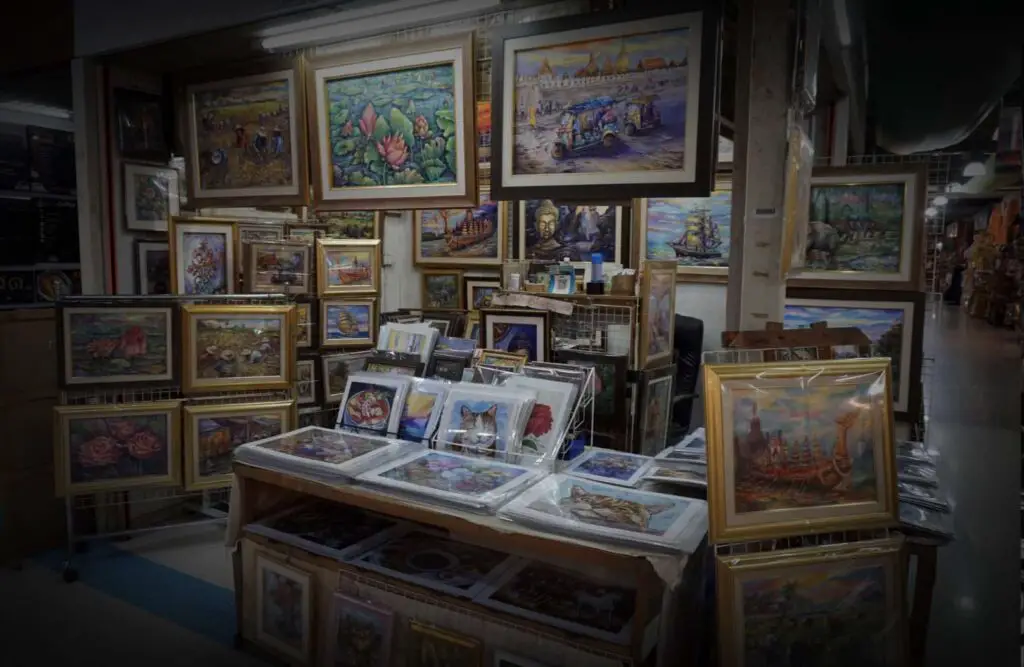
Theoretical Frameworks in Fine Art Analysis
The analysis of fine art comprises a spectrum of theoretical frameworks, each offering unique lenses through which art is interpreted and understood. These academic scaffolds are crucial for comprehensively studying and appreciating artistic expressions across different eras and cultures.
Formalism is one prominent approach, emphasizing the compositional elements of art such as color, line, shape, texture, and the overall formal arrangement. This framework focuses on the work’s aesthetic value, analyzing how the visual components coalesce to produce the final piece, independent of historical and social context.
In contrast, Marxism evaluates art from the standpoint of societal structures and power dynamics. It deciphers how art reflects the ideologies of the ruling class and the socioeconomic substructures of the period in which the artwork was created.
Psychoanalytic theory, primarily founded on the works of Sigmund Freud, delves into the subconscious elements of human experience reflected in art. The interpretation often encompasses symbolism, dream analysis, and the exploration of an artist’s repressed desires or traumas manifesting visually.
Feminist theory seeks to examine women’s representation, roles, and experiences in art. It addresses issues of gender inequality and often advocates for a reevaluation of the female contribution to art history that has been historically overlooked or minimized.
Postmodernism challenges the grand narratives and hegemonies of preceding art movements, embracing a skepticism towards the universal validity of any particular viewpoint. This framework heralds a decentralized and pluralistic approach to art analysis, emphasizing ambiguity, irony, and the reconstitution of past styles and themes in a contemporary context.
Semiotics, the study of signs and symbols as elements of communicative behavior, is also applied to analyzing art. This perspective investigates how meaning is constructed and understood, focusing on interpreting symbols within an artwork as a language.
The social history of art is yet another framework that integrates a broad array of societal factors, such as economic conditions, class relations, and political climates, into the understanding of art. This analysis considers the collective narrative over the individual when assessing how artworks resonate with and affect communities.
Lastly, ecological criticism or eco-criticism provides a lens through which art is analyzed about the natural environment. It addresses the interconnections between human culture and the ecological processes, stressing the importance of artworks in reflecting and shaping our views of nature and our place.
In cumulative, these theoretical frameworks are not mutually exclusive but often overlap, complement, and challenge one another. Together, they furnish a holistic outlook on fine art, accommodating its multifaceted nature and the complex tapestry of the human condition it so intricately weaves. Exploring fine art through these varied theoretical frameworks allows for a more enriched and profound comprehension of artistic endeavors through time and space, bolstering our profound connection and reverence for the artistic expression as a key facet of human cultural legacy.
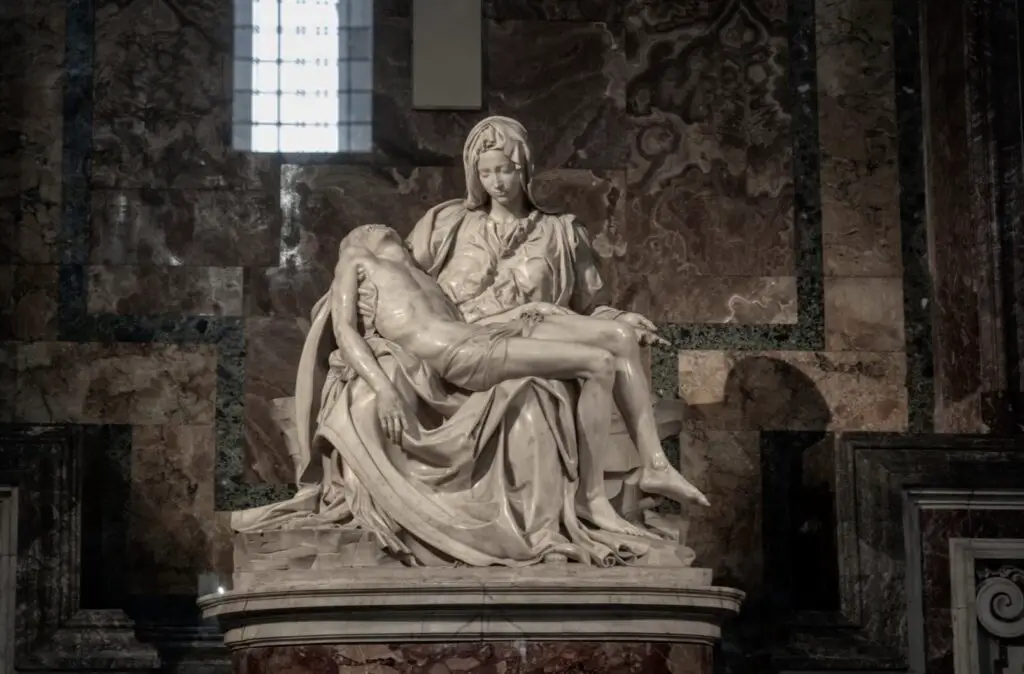
Distinction Between Fine Art and Other Art Forms
Often considered the apex of creative expression, fine art represents the pinnacle of aesthetic and conceptual achievement within the broader arts landscape. It is an intricate field, distinguished from other art forms through an ensemble of particular characteristics. These differentiators include, but are not limited to, the artist’s intent, the context of presentation, historical significance, and the incorporation of profound thematic content.
Intent plays a critical role in differentiating fine art from other forms of artistic endeavor. While all artists may imbue their work with purpose, fine artists often engage with their medium as a means of rigorous intellectual or philosophical inquiry. The intent of fine art is less about utility and more about creating dialogues, evoking emotions, or confronting audiences with novel ideas and perspectives.
Context serves as another delineator. Fine art is typically associated with gallery and museum spaces, establishments that underscore the significance and prestige of the works displayed within them. The consecration of these settings lends weight to the art pieces; the environment suggests a ceremonial quality that elevates the work beyond mere visual pleasure or decorative function.
Fine art carries a legacy of cultural import in matters of historical significance. It often stands as a testimony to the era from which it originated, preserving societal values, conflicts, and preoccupations in a tangible form. Through historical analysis, fine art helps contemporaries and future generations understand more about past life and thought processes. It further distinguishes itself through the intense scrutiny it receives from art historians, which is not as commonly applied to commercial or mass-produced art forms.
Thematically, fine art frequently tackles complex, universally pertinent subjects, from existential quandaries to social critique. It is here that theoretical frameworks come into play. Formalism, for instance, evaluates art by its compositional elements—line, shape, color, and texture—rather than its narrative or social context. Meanwhile, Marxist theory explores art through the lens of socioeconomic forces, examining how art reflects or challenges class structures. Psychoanalytic theory delves into the artist’s subconscious motivations and the artwork’s psychological underpinnings. Feminist theory, on the other hand, scrutinizes representations of gender and power inequalities within art.
Postmodernism, a critical theoretical approach, often shapes contemporary fine art by questioning the foundations upon which previous art movements stood, challenging notions of originality and authenticity. Semiotics dissects the language of art, studying the signs and symbols within artworks to extract meaning. Art is also inspected through the social history of art, which contextualizes artwork within its particular social and political milieu. Finally, ecological criticism or eco-criticism parses the relationship between art and the natural environment, imbuing art with an additional layer of relevance in today’s ecologically conscious society.
Fine art holds a prestigious position within the realm of creative disciplines. Its unique blend of aesthetic quality, thematic depth, historical import, and place within critical theoretical dialogues carve a niche that profoundly separates it from other artistic practices. As it continues to evolve, fine art remains a vital, ever-changing testament to human creativity and intellectual pursuit, distinguishing itself through its perpetual quest for meaning and transformation.
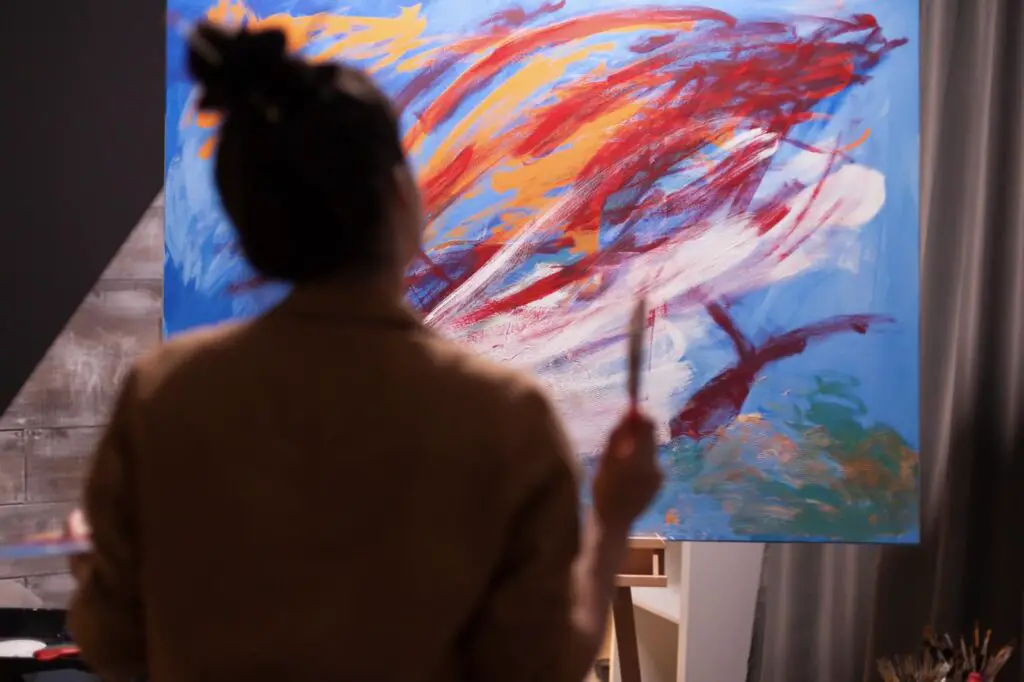
Role of Critique and Curation in Fine Art
Fine art is a testament to the profound capacity for human expression and intellectual discourse. Its evolution and interpretation benefit significantly from the multifaceted approaches of critique and curation, which play indispensable roles in shaping audiences’ understanding and engagement with the visual arts.
Critique in fine art deepens the discourse surrounding artworks, providing invaluable insights into their many layers of meaning. By applying various theoretical frameworks—formalism, Marxism, psychoanalysis, feminist theory, and more—critique reveals the aesthetic qualities of art and its broader cultural, social, and political implications. Criticism emboldens critical thinking, urging viewers and creators to look beyond the surface and seek art’s more profound symbolic messages.
Marxist theory, for instance, examines art through the lens of socioeconomic contexts, analyzing how artworks influence and reflect class struggles and social dynamics. Feminist theory delves into the representation of genders, questioning traditional roles and advocating for gender equality through the visual narrative of fine art. Meanwhile, psychoanalytic theory might focus on the subconscious drive behind the creation of an artwork or the psychological response it evokes from viewers.
The curation process complements the act of critique by meticulously selecting and organizing art to present it in a cohesive, often thematic framework within gallery and museum spaces. Curation dictates which art pieces are displayed and the relationship between those works and their spatial context. By crafting narratives through the display of artworks, curators navigate the historical significance of art and weave connections to present societal values.
Moreover, the context in which fine art is presented can dramatically influence public perception and experience. Museums and galleries preserve and demonstrate fine art’s aesthetic and thematic content and often function as spaces for intellectual inquiry, where the contemporary meets the historical, fostering a continuous dialogue. This exchange is pivotal to understanding art as a product and reflects its time.
Within the expansive range of artistic themes, complex and universally relevant subjects are engaged, probing the very essence of the human condition. Fine art thus stands not merely as the product of individual creativity but as a living, breathing canvas for interpreting the world at large.
Reflecting upon critique and curation as integral components in fine art reveals their symbiotic relationship; one cannot exist in isolation from the other. Their influence on fine art is immeasurable, ensuring that art remains an enduring vehicle for inquiry, a mirror of culture, and a vanguard for societal evolution. This mutual interplay decisively impacts how fine art is created, interpreted, and historicized, ultimately ensuring its dynamic progression as a formidable expression of human creativity and inquiry.
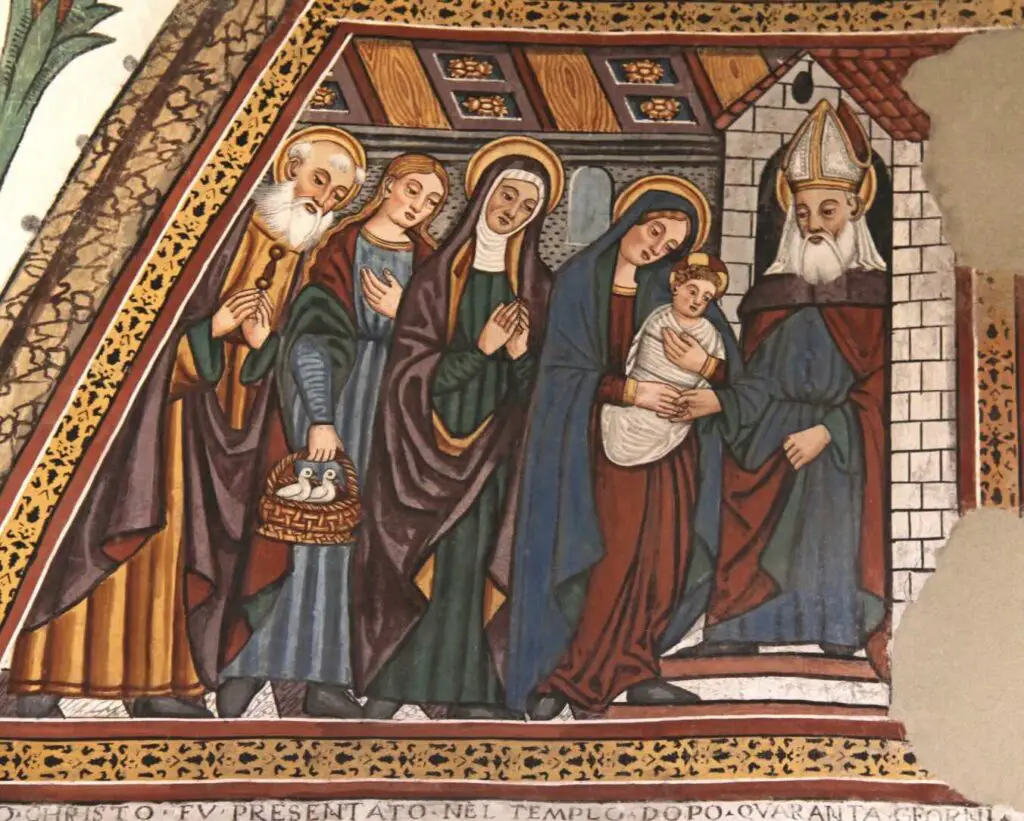
The intricate dance of critique and curation in fine art culminates in an ongoing dialogue that continually redefines the value and significance of art within society. From the hallowed halls of museums to the quiet intensity of the artist’s studio, fine art exists in a perpetual state of evolution, endlessly challenged and championed by those tasked with its stewardship.
The ramifications of this discourse are profound, spurring a collective pursuit of understanding and appreciation that ensures the vibrancy and relevance of fine art endures. Indeed, as we step back to survey the rich tapestry that the hands of countless artists have weaved through the ages, we are reminded of the enduring power of human expression and the immutable force of creativity that shapes our world.
Anita Louise Art is dedicated to art education, great artists, and inspiring others to find and create their art. We love art that uplifts and inspires. #ArtToMakeYouSmile! #ArtToMakeYouHappy!
If you want to see any of my art, you can find out more by clicking here. If you are interested in what inspires me and my paintings, you can discover more by clicking here.
We have a free newsletter and would love you to be part of our community; you can subscribe to the newsletter by clicking here. If you have any questions, I would be happy to talk to you anytime. You can reach me, Anita, by clicking here.
Subscribe to our Anita Louise Art YouTube Channel with great videos and information by clicking here.
Join us for our podcast “5 Minutes With Art.” Spend just 5 minutes a week with us to discover and learn about great art and artists. You can find out more about our podcast by clicking here.
Related Questions
Where Did The Renaissance Begin? Why It Was Essential
The Renaissance began in Florence, Italy in the 14th Century. Florence was essential for the Renaissance because of its location, wealth, and many other factors. As we explore the Renaissance and Florence, this vital movement started.
You can read more by reading our blog, Where Did The Renaissance Begin? Why It Was Essential by clicking here.
Italy – Renaissance Art Defined And Explored
Originating in Florence, Italy, the Italian Renaissance is pivotal in shaping this transformative era, laying the artistic foundations we continue to admire today. Celebrated for its revival of classical ideals and introduction of innovative artistic techniques, the period also stands as a staunch advocate of humanistic values. Join us as we delve deeper into this fascinating Italian Renaissance art history chapter.
By clicking here, you can discover more by reading Italy – Renaissance Art Defined And Explored.
24 Important Artworks Of The Renaissance
The Renaissance period is indispensable for anyone delving into art history. The era stands as one of the most pivotal and transformative phases in the artistic landscape, characterized by a profound reawakening of classical ideals, unprecedented innovation in techniques, and a focus on human experience and emotion.
You can learn more by reading 24 Important Artworks Of The Renaissance by clicking here.

